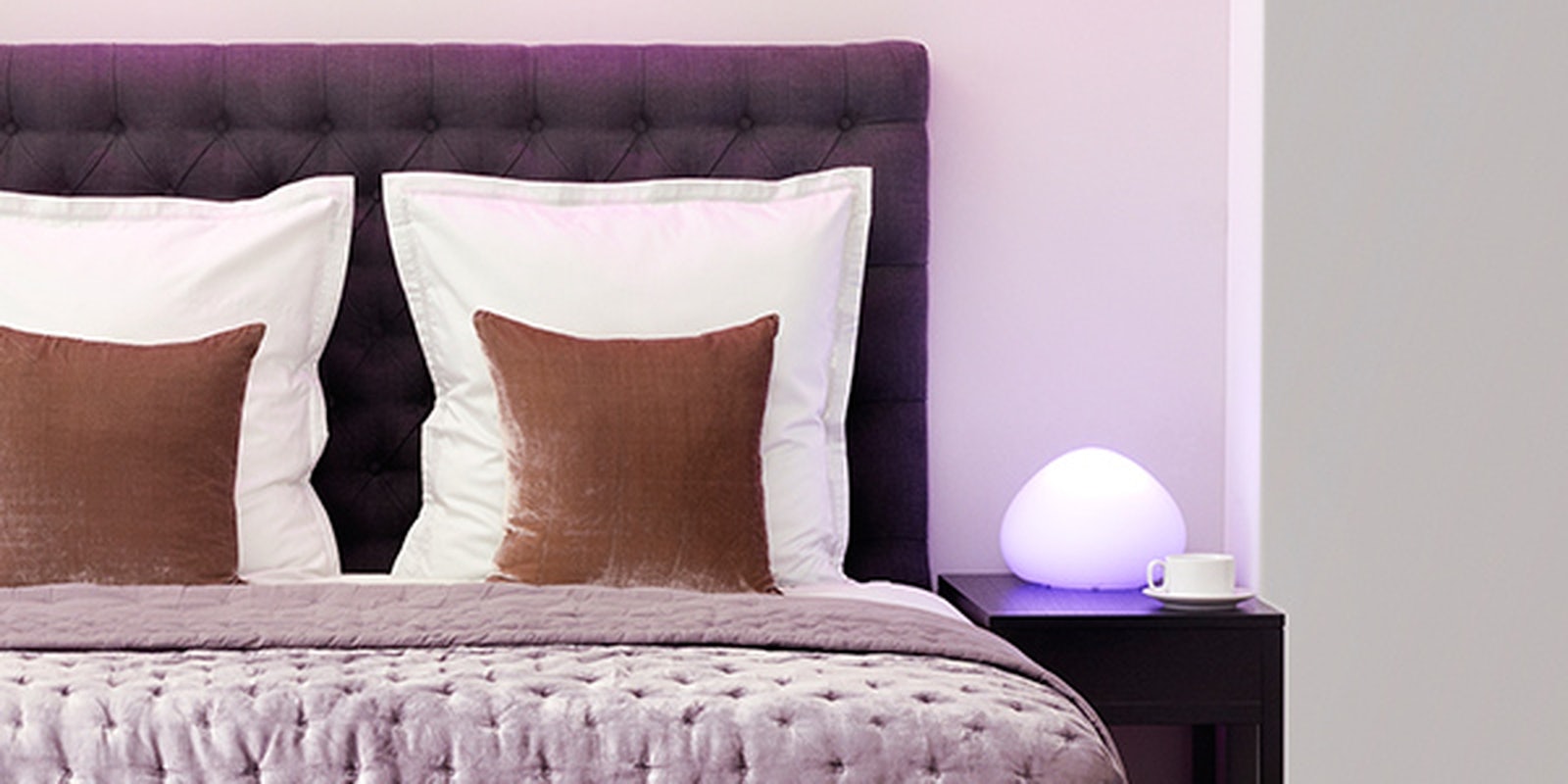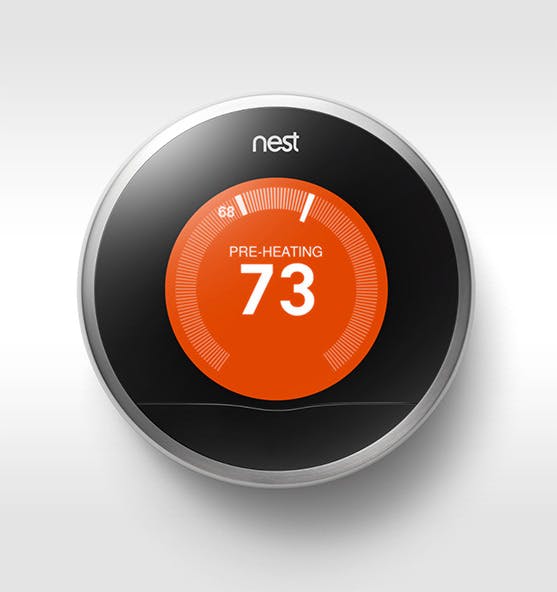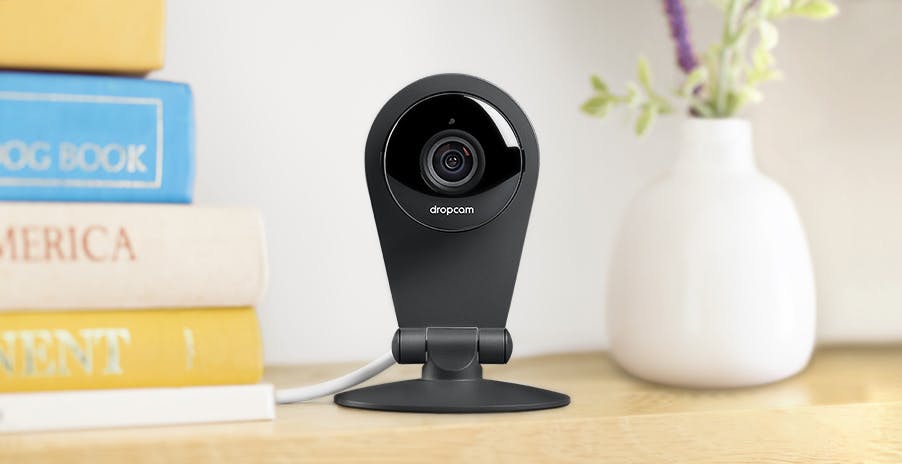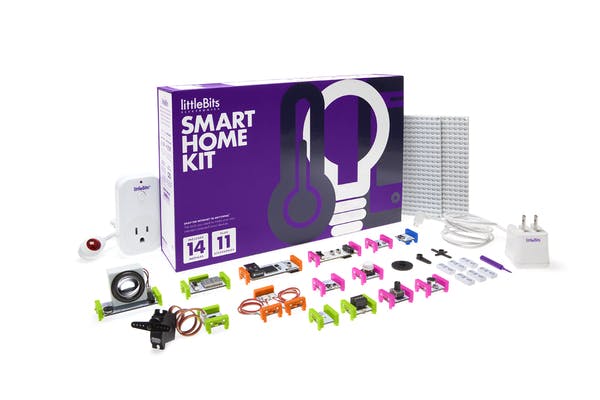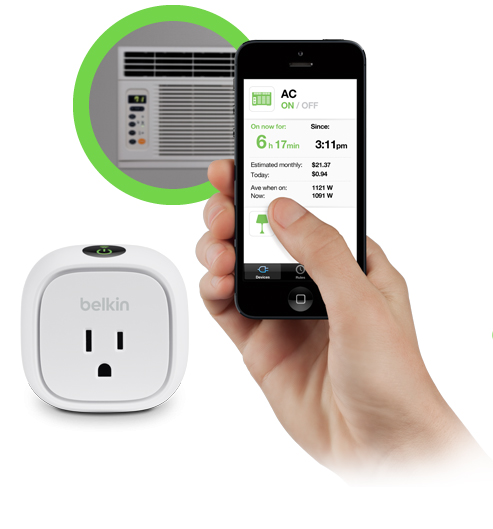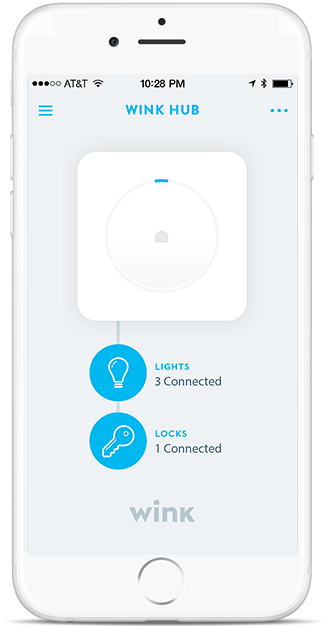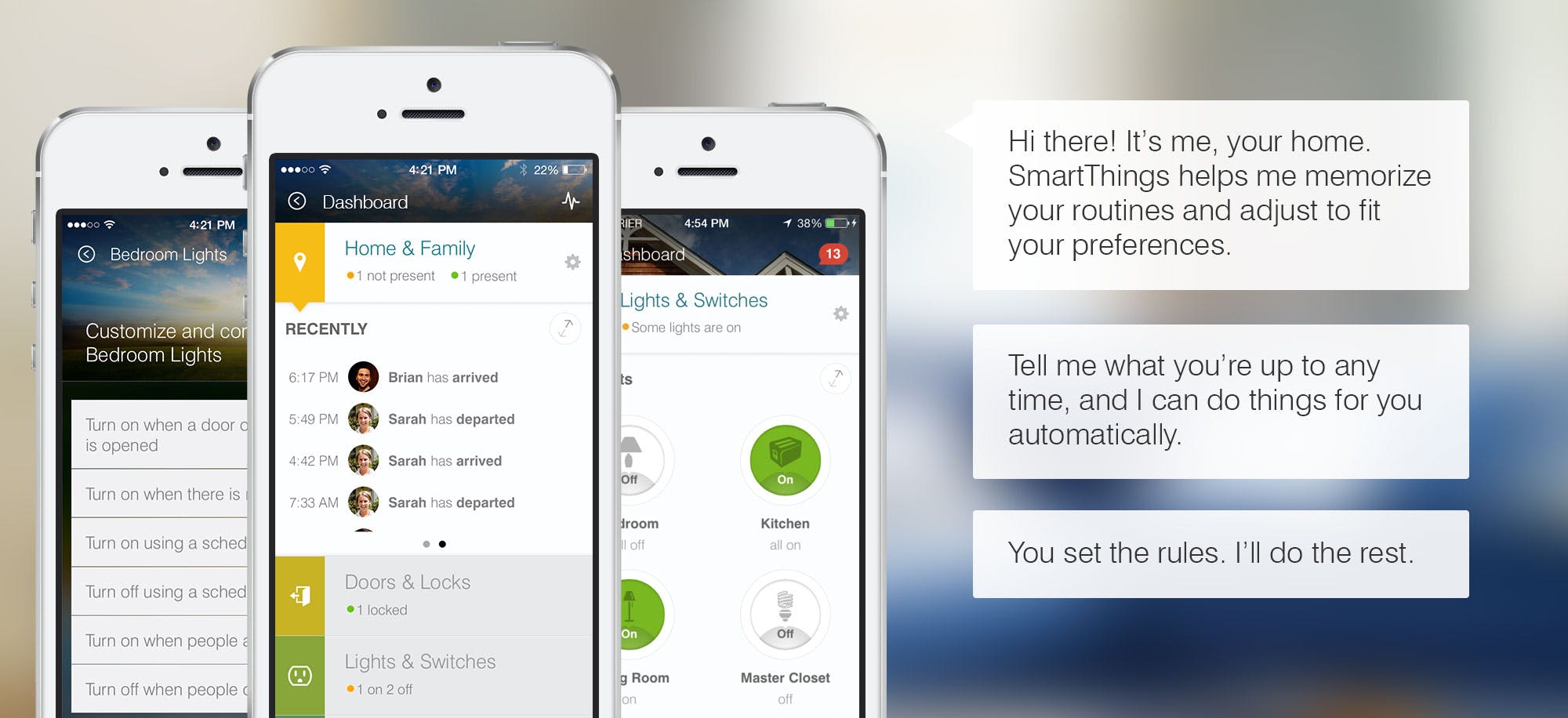Something about the phrase “Internet of Things” sounds like it’s part of a distant future. It’s supposed to be the realization of The Jetsons, but when you look out the window there are no flying cars and certainly no jetpacks.
But the Internet of Things (IoT) isn’t from a J.J. Abrams film or a grandiose promise from a TED Talk. It’s here. And while it’ll undoubtedly become more of intrinsic, something that feels like it’s always been there because it plugs into every aspect of your life, you can let it settle into your home today.
To be fair, the IoT currently lies in the proof of concept phase rather than being a full-fledged reality. It’s a disparate hodgepodge of brands and products that require wrangling. It feels like the ideas of a scatterbrained science-fiction writer who hasn’t figured out how to connect all these crazy inventions together yet. All that said, there are a variety of IoT devices you can buy now that will put you on the path toward your own smart home—whenever those will hit the market.
1) Nest Learning Thermostat
Price: $249
Nest made some major noise early in 2014 when the company was acquired by Google for $3.2 billion. For Google, it was like purchasing the Trojan Horse that would get the search giant into homes. You’ve probably seen the ads for Nest—it’s the most visible of the connected home products, which is one of the benefits of getting bought out by a company with more money than it knows what to do with.
https://www.youtube.com/watch?v=L8TkhHgkBsg
Though Nest also sells a smoke and monoxide detector, the flagship product from Nest Labs is its Learning Thermostat, which programs itself as it learns your schedule. While you’re gone, it sets the house to an energy-saving mode and turns down the temperature. When you’re on your way home, you can preheat the house so you walk into a comfortable environment. The Nest Learning Thermostat can be controlled via smartphone while you’re away and is compatible with products from Mercedes, Dropcam (purchased by Nest in June 2014), Jawbone, and Whirlpool, among others.
2) Dropcam
Price: Starting at $149
Home security systems are generally pricey, but they get away with it because of how much they could potentially save you. A sizable investment up front looks a little better if it winds up catching or preventing the theft of infinitely more valuable possessions. Dropcam lowered the barrier of entry considerably when it introduced its line of wireless monitoring cameras. It streams the footage it captures, giving the owner a live look at what’s happening while they aren’t home.
In June of 2014, Dropcam got picked up by Nest and by extension Google. It’s another foot in the door for Google and a step toward some uniformity among various smart devices. Nest’s smoke and carbon monoxide detectors play nice with Dropcam, and if the alarm goes off, Dropcam will automatically save the clip so you can play it back later and see what went wrong.
3) Philips Hue
Price: Starting at $59.99
You never really notice how wrong your lighting can be until you get it right. Having Hue can be an illuminating experience—literally, because, you know, it’s controls Philips’ wireless LED light bulbs
Hue has two major selling points: The first, and perhaps the most important in justifying the initial investment, is the longevity of the lights. Depending on the model, Hue bulbs last between 15,000 and 25,000 hours, a significant improvement over a standard bulb’s expected 1,000 hours—and Hue eats less energy.
The real trick with Hue, though, is when you get a bunch of bulbs together and hooked up on the Bridge. It’s the central station of the Hue system, the link between your phone and the lights. It gives you complete control over the bulbs. Change colors, brightness, functionality. Do it one at a time, in one room, or in the whole house. Hue makes you the lighting technician of your own domain.
4) littleBits
Price: Starting at $99
Not everything in your home has a smart, connected equivalent yet. That doesn’t mean you can’t drag your appliances into the IoT age ourself. LittleBits makes working with electronics easy for just about everyone. Most of the intimidating aspects of electronics have been stripped out of the littleBits experience; there is no soldering, wiring, or programming needed. Magnets make modules snap together. It’s electrical engineering on easy mode.
A lot of the smart home accessories that make up the Internet of Things are products that plug in, but you can also make the plug itself a connected device.
LittleBits has a kid-friendly vibe with vibrant colors and a quirky sense of humor, and it does in fact sell kits aimed specifically at kids. It’s that same sensibility that makes littleBits approachable for all age groups, and different kits catering to musicians, programmers, educations, and others are available.
Because of its open-source mentality, littleBits already has a wealth of information and instructables to help you get started. Want to automate your coffee maker or build a treat dispenser for your cat or a garage door monitor? There are guides to walk you through the process. The Maker Hub on the littleBits website has thousands of how-tos—including a section dedicated to smart home creations—and if you play around with your kit and come up with something cool, you can upload your own hack. There’s no harm in experimenting. You can’t screw it up any more than you can screw up putting together two LEGO bricks.
5) Belkin WeMo Switch
Price: $49.99
A lot of the smart home accessories that make up the Internet of Things are products that plug in, but you can also make the plug itself a connected device. Belkin’s WeMo Switch gives you power over… well, the power. It replaces your standard electrical outlet and hooks up with your home’s Wi-Fi connection to give you wireless control over whatever is plugged into it: Turn the TV on so your favorite show is already playing when you walk in the door, have the heater running so a wave of warmth greets you upon return, or make sure your iron is turned off from wherever you are.
There are a couple different models of the WeMo Switch, including a version with a bundled motion-detection sensor and one that automatically tracks energy usage and provides insights into your habits. All of them run through the WeMo app, from which you derive all this newfound power over electrical currents. It also allows you to set schedules for individual appliances plugged into any style Switch outlet.
Belkin has been building out the WeMo brand to become a more inclusive smart home service, adding LED lights and motion-sensing cameras of its own, plus a smart coffee maker, humidifier, and air purifier. The lineup is extending through 2015 as well, and Belkin has a connected crock pot and room heater on deck. Perhaps most interesting, the company is also rolling out a product called the WeMo Maker, it’s own grown-up take on littleBits that will allow those some technical proficiency to get any low voltage device connected to the Internet of Things.
6) Wink Hub
Price: $49.99
While most companies want to get as many of their products into your home as they can, there has to be some system to make all of the individual smart services play nice. That’s what the Wink Hub wants to do.
The creation of Quirky, Wink makes the wireless language spoken by various connected devices universal. The tidy bow tied atop your smarthome is the Wink app, which provides users with the full functionality of the individual appliances without having to open separate apps for all of them. The commands are all sent from the Wink app through the Hub and ping the corresponding product to fulfill it. Third-party devices including Philips’ Hue lights, smart GE products, Nest, Dropcam, and Honeywell all work with Wink, just to name a few. Quirky also has its own line of sensors under the Wink brand that can be added to the mix.
If you want to take control beyond your smartphone and give yourself a central location in your house from which to give orders, you can pick up the Wink Relay. It’s a wall-mounted touch screen command center that gives your home a uniform interface.
7) SmartThings app
Price: Free
Because Google got its own entry into the Internet of Things, Samsung had to find a way in on the action, and it did just that when the Korean company snapped up SmartThings. The pricetag was a bit smaller—$200 million—but the product is a little less tangible. The primary product of SmartThings is its app. Similar to Wink, it’s an open platform meant to hook up with other smart products, bringing them together under a single banner.
The Internet of Things currently looks like the Web before search engines, with products like websites just hanging out in the ether.
SmartThings does have its own line of sensors and a couple different starter kits for converting the standard home into one of the smart variety, everything from door sensors to moisture and temperature. But it also keeps open arms for outside services, including the likes of Philips, Jawbone, GE, Belkin, and Dropcam, among a wealth of others.
Everything runs through the single SmartThings app, which features a monitoring mode to keep an eye on activity from all fronts when you aren’t home and customizable alarms and actions that can be set up and set in motion from the app. The app also gives your home the ability to text you if an unexpected activity is sensed, which is right on that border of being helpful and weirding us out. If your house texts you at 2am and it just says “You up?,” find a friend’s couch to crash on for awhile.
…
The Internet of Things is still young, but it’s becoming a crowded space even early in its existence. More homes are starting to add pieces of connected technology, and as the devices become more accessible and their utility more clear, the shift will start moving faster. There are tons of little inventions out there that smarten up a variety of appliances and items around your house. If you feel inclined enough to purchase the tools necessary, you can bring your garage door, sprinklers, batteries, propane tank, microwave oven, and door bell online.
And it’s not just what the devices are—it’s how we interact with them, too. Beyond the universal remote-like system like Wink or SmartThings, the controls move beyond the smartphone screen. Options like the Flic smart button can be programmed to complete a command with a single press. Others like Onecue take prompts from the Xbox Kinect sensor and create gesture commands. Consider the next piece of prime real estate companies will be competing for and control over your entire house might soon live on your wrist.
The Internet of Things currently looks like the Web before search engines, with products like websites just hanging out in the ether. It already has the actual Google involved. Now it just needs a Google of its own to link it all together.
Photo via Hue

